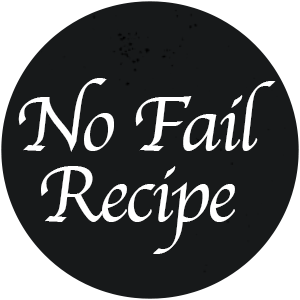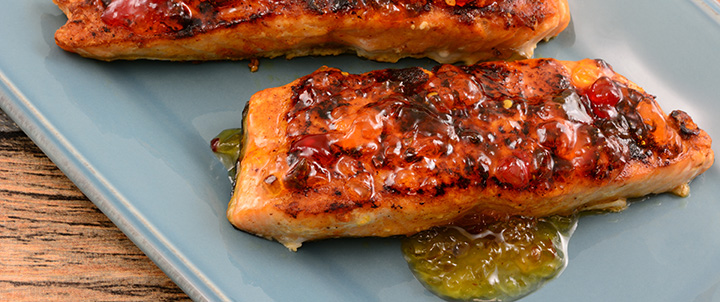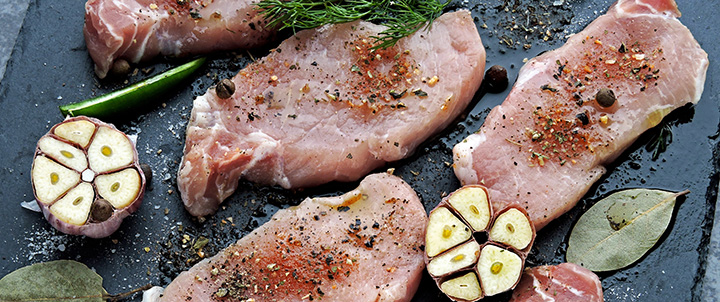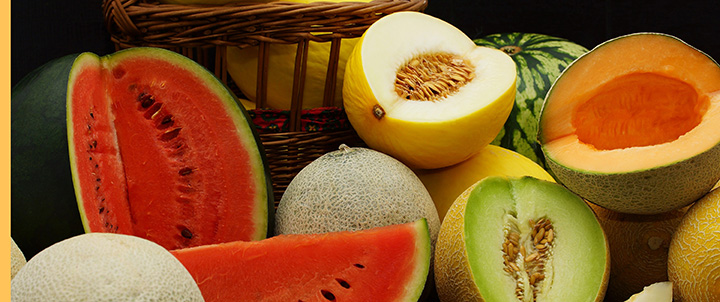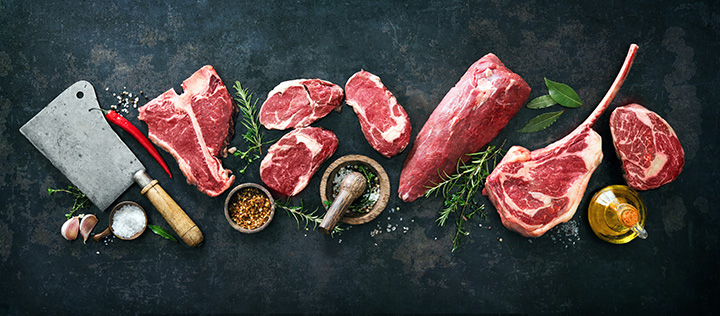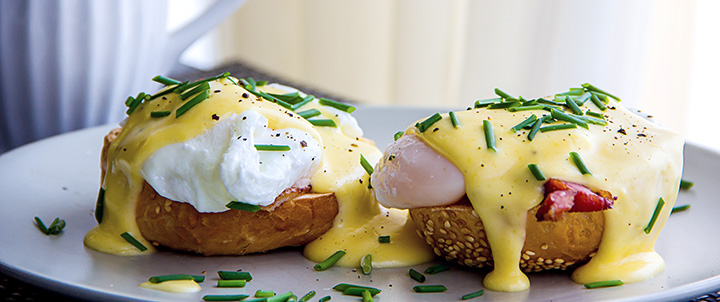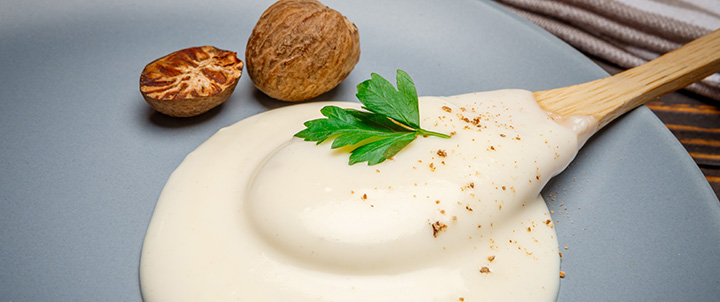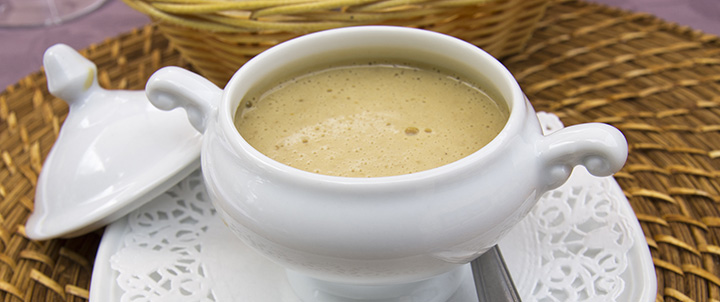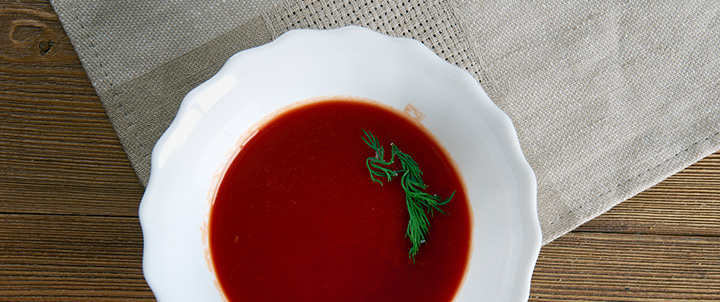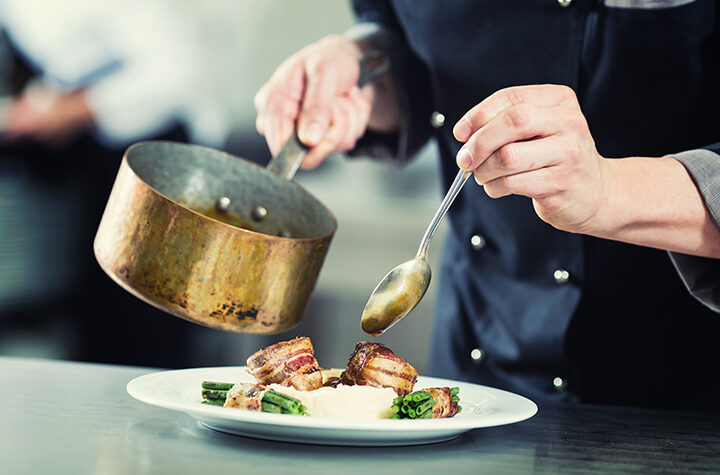It is said that cooking is an art, where baking is a science. While you might measure out baking spices for a new cake recipe, that isn’t the case with seafood. When it comes to the best fish seasoning herbs and spices, the world truly is your oyster.
Blackened Salmon Rub
- 2 tablespoons paprika
- 1 tablespoon cayenne pepper
- 1 tablespoon onion powder
- 2 teaspoons salt
- ½ teaspoon white pepper
- ½ teaspoon black pepper, ground
- ¼ teaspoon thyme, ground
- ¼ teaspoon, basil
- ¼ teaspoon oregano
Fish Spice Rub
- 3 tablespoons ancho chili powder
- 1 teaspoon cinnamon
- 1 teaspoon kosher salt
- 1 teaspoon brown sugar
- ½ teaspoon black pepper, ground
Fish Seasoning
- 1 tablespoon dried basil
- 1 tablespoon rosemary, crushed
- 1 tablespoon parsley
- 2 teaspoons kosher salt
- 2 teaspoons black pepper, ground
- 2 teaspoons sage, crumbled
- 2 teaspoons thyme, crumbled
- 2 teaspoons, oregano, crumbled
- 1 teaspoon celery salt
- 1 teaspoon garlic powder
Chesapeake Bay Seafood Seasoning
- 4 teaspoons kosher salt
- 2 teaspoons cayenne pepper
- 2 teaspoons celery seed, ground
- 2 teaspoons sweet paprika
- 2 teaspoons dry mustard
- 2 teaspoons black pepper, ground
- 2 teaspoons bay leaf, ground
- ½ teaspoon allspice, ground
- ½ teaspoon ginger, ground
- ½ teaspoon nutmeg, grated or ground
- ½ teaspoon cardamom, ground
- ½ teaspoon cinnamon
As an Amazon Associate I earn from qualifying purchases.
